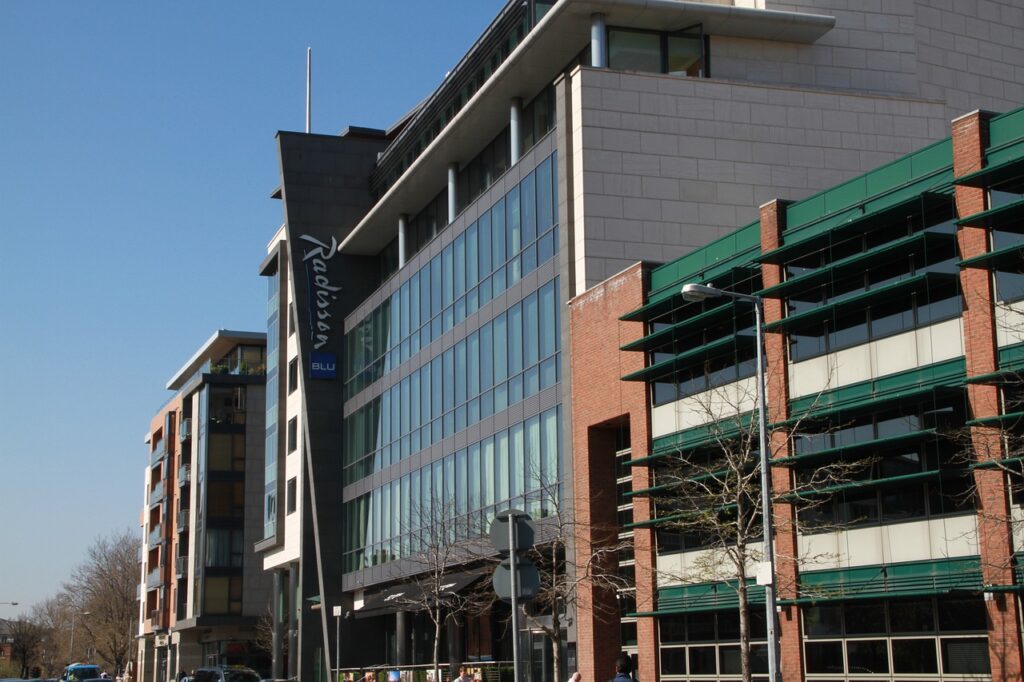One of the most secure investments a person can make is real estate. Markets may ebb and flow, but people will always need food, water, and shelter. In addition to serving one of these fundamental human needs, real estate can offer a multitude of benefits such as tax breaks, equity building, tax breaks, and cash flow in the case of rental properties. With its low volatility, real estate investments offer a reliable and reduced-risk method to build wealth. It is not a fast track to financial comfort, but one that slowly makes it over time.
What is a 1031 Exchange?
A 1031 is a tax-deferred exchange for real estate investors. This process permits the owner of an investment property to sell it and buy a similar entity while postponing capital gains tax. Capital gains taxes are defined as the amount paid on an asset’s appreciation for the duration of time you own it. For properties owned over one year, the tax amount is 15 or 20 percent depending on one’s income bracket. If a property is sold before this one-year mark, the short-term capital gains tax could be as high as 37%. A 1031 exchange eliminates these taxes if an investment property is sold to reinvest in a property of equal or greater value. This is considered one of the premier benefits of real estate investment. It can save investors a tremendous amount of money in taxes while building more robust portfolios.
Why Do You Need a Qualified Intermediary?
A complicated caveat of a 1031 exchange is that all proceeds from selling a property remain taxable. For an investor to take advantage of the 1031 tax benefits, he or she will need to enlist a qualified intermediary. This individual or company agrees to execute 1031 by holding the proceeds of the sale until these funds can be distributed to the seller of the new property. By the funds going to a party with no formal relationship between the buyer and seller, this qualified intermediary assists in finalizing the transaction and prevent the seller from paying hefty taxes.
Are There Different Types of 1031 Exchanges?
Nothing is simple when it comes to real estate transactions. Naturally, 1031 exchanges are complicated. They become even more complex when one realizes there are four types of this exchange. Here is a closer look at these varying options.
Delayed Exchanges
A delayed exchange gives investors up to 180 days to sell one property before closing on another. Properties are usually sold before their replacements are purchased in this type of exchange. So, the proceeds from the sold real estate remain with the qualified intermediary until the new property is purchased.
Like-Kind Exchanges
To qualify for a 1031 tax benefit, the property being purchased must be “like-kind” to the one being sold. This is defined as the properties being of the same nature, even if they vary in quality. That is if both properties are in the United States. This rule does not apply to properties in other countries.
Built-to-Suit Exchanges
Also called a construction exchange, this category of 1031 permits investors to use deferred sale proceeds to pay for renovations on newly acquired replacement properties. An essential requirement to keep in mind is that all improvements must be finished within 180 days to claim the tax moratorium on the designated filing date.
Reverse 1031 Exchanges
In essence, this type of 1031 means the investor buys first and pays later. Also called a forward exchange, this transaction entails acquiring a replacement property through an exchange titleholder before the replacement property is even identified. This is a valuable option in a hot market when properties go quickly, and timing is critical.

What are the Requirements for a 1031 Exchange?
If a property has productive use in a trade or business, it qualifies for a 1031 tax benefit. Specific exclusions are interests in partnerships, notes, securities, and stocks. Properties with a primary purpose of being sold are also excluded. This category consists of purchasing real estate with an intent to sell or purchasing vacant land to build a house (residence) on. A residence does not qualify for a 1031 because it is not used in business or trade. Yet if a portion of a residence is used exclusively in a business capacity, that area might qualify for the exchange.
A safe rule of thumb: designated commercial real estate such as shopping centers, farmland, office buildings, and rental units are strong candidates for a 1031 exchange. Note these are long-term investments with specific purposes. The 2-prong test to ultimately decide if a property qualifies for this benefit is both the original and replacement property be held for investment or productive use through trade or business, and both properties are “like-kind” in nature.
Are you in the market for a replacement property? Have a look at these options.
When is a 1031 Beneficial?
A 1031 can be beneficial for a multitude of reasons. First and foremost, it creates an indefinite deferral of capital gains taxes, which can be significant. There are different types of 1031 transactions that can be customized to particular situations, including renovations and upgrades intended to add value to new properties. It permits the investor to build and diversify a portfolio, relieve management responsibilities, provide cash flow, and even relocate depending on the property being purchased.
A 1031 also opens the door to secondary transactions such as the purchase of interests or ownership rights. Other benefits include consolidating properties and even utilizing real estate investments for estate planning. No one likes paying taxes, especially when attempting to increase their worth. A 1031 can benefit almost anyone who qualifies for it since the rules are broad, and business or trade can mean a multitude of industries.

1031 Exchanges are Worth the Work
Reaping the benefits of a 1031 exchange can take work. Like most things that require effort, the results are worth it. Capital gain taxes can deduct a sizeable chunk of a sale, so instead of losing money, it can be recouped through reinvestment. It falls in line with the concept of spending money to make money, but in this case, spending money can result in saving money. There is no reason to give upwards of 30% of a transaction to the IRS when you can apply the amount to another property that will generate cash flow. The 1031 exchange might be misunderstood but familiarizing yourself with it could bring returns on investment beyond your expectations.
Interested in learning more about secondary trading? Here is some useful information for sponsors.
Related:








